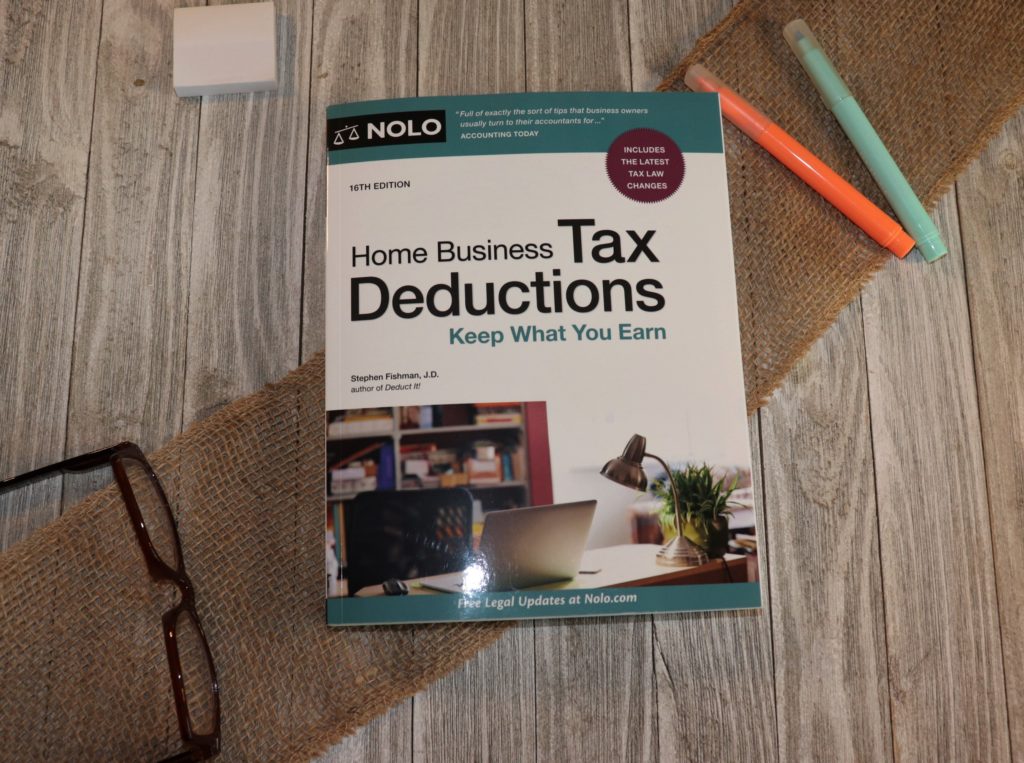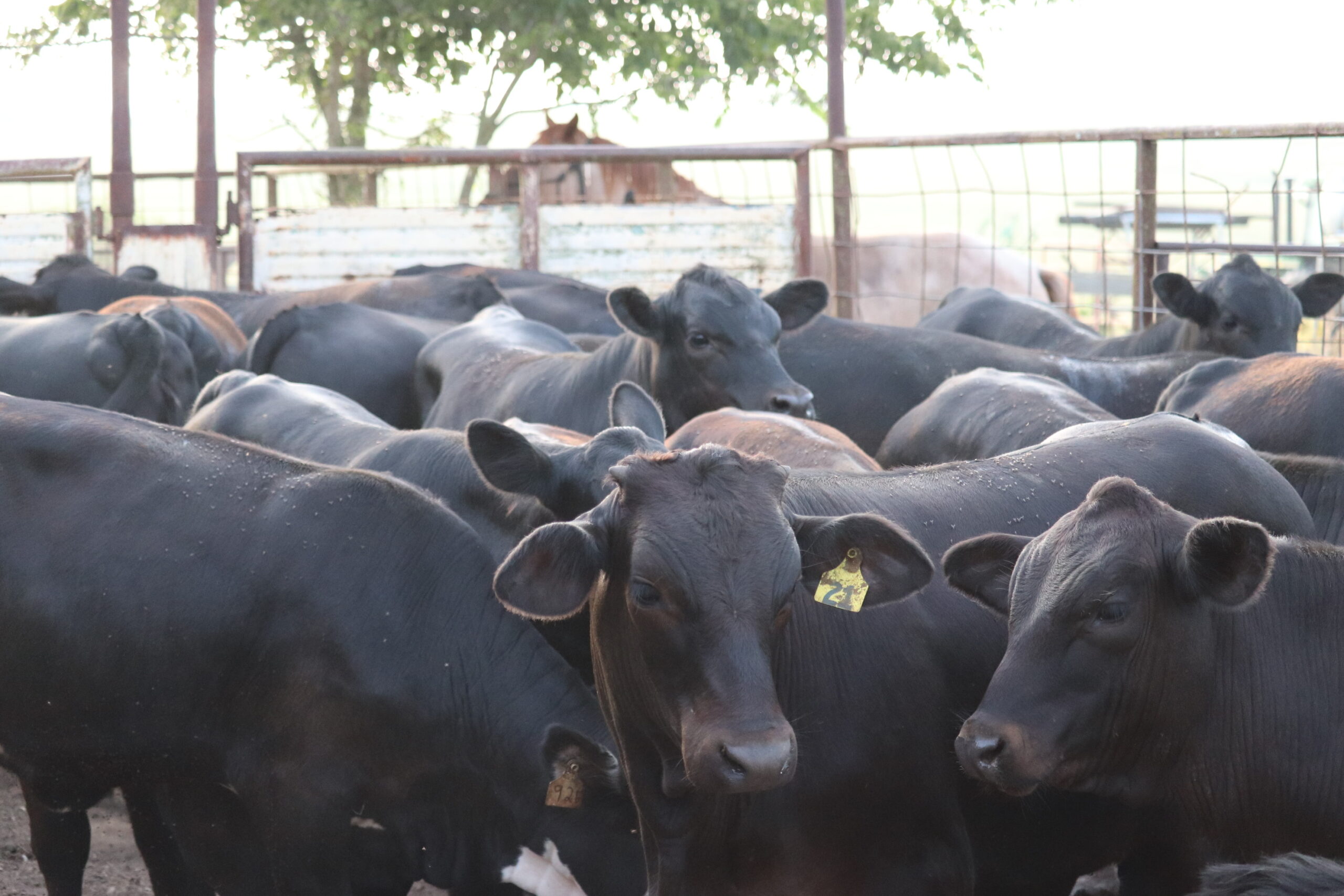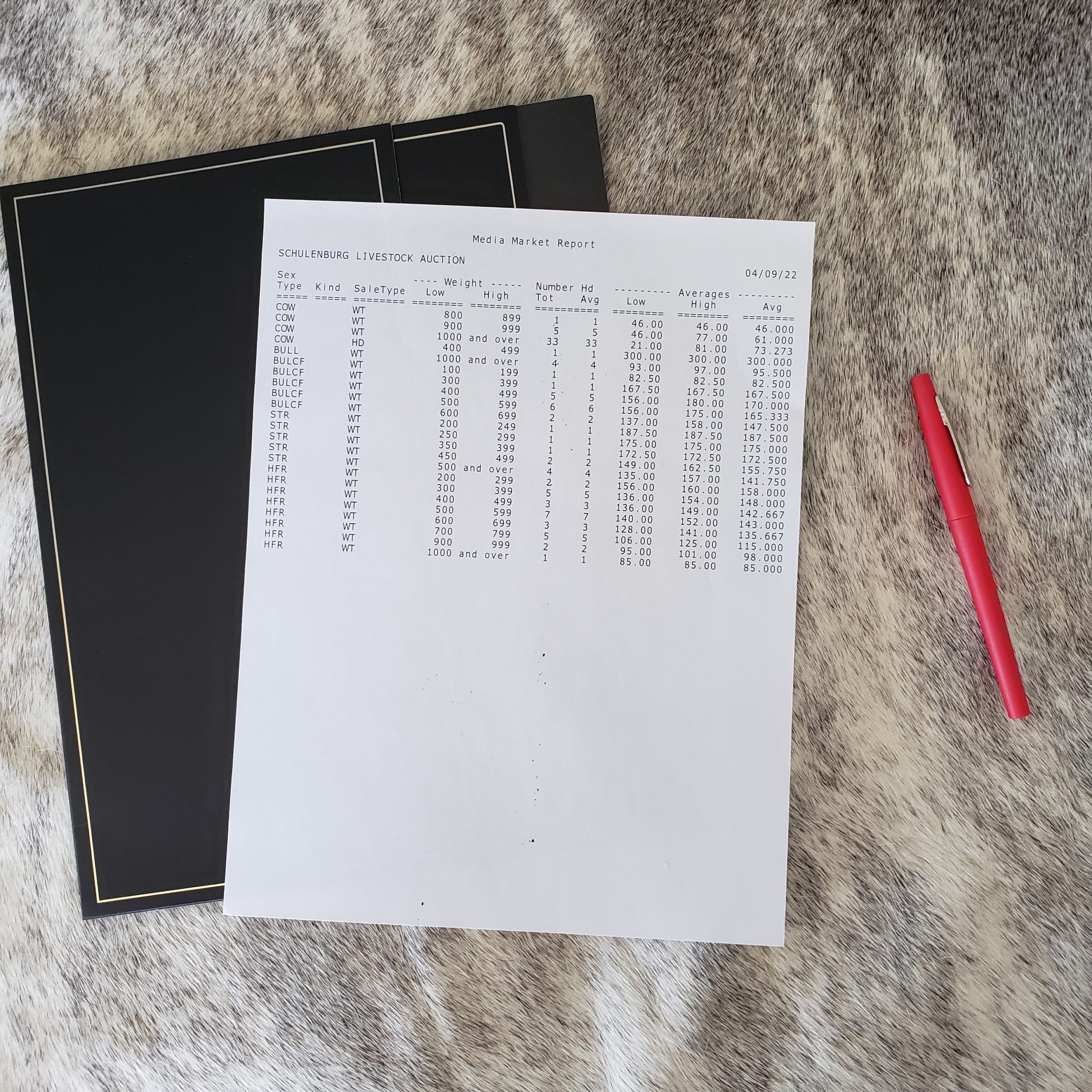Do you have goals for your ag business? Before you dismiss goal setting for your farm or ranch, do a quick evaluation of your business. Is your profit where you want to be? If you don’t know, then you need a goal. Let’s break this down into an easy way to define your business goals. Follow these steps to work your way through the things you want from your business and how to get them.

WHAT ARE BUSINESS GOALS?
First, let’s talk about what goals are not.
Goals are not something you plan to do and then never follow through on. So, if you have thought, “This is bull. I’ve set goals before, and nothing happened…” then the problem isn’t the goal; it’s you.

Goals are real things that get you to where you want to go in life and business.
If your mindset is that you have no intention of making changes in your operation, that’s up to you. But, if you want to have a profitable, sustainable business, then let’s set some goals.
DEFINE YOUR BIG PICTURE
Setting business goals without thinking about your personal life is a big reason why these goals are never met. Your business will take up time, money, and physical and emotional work.
Visualizing the way you want your life to unfold will help you figure out what you need and want from your agriculture business.
Ultimately, you need to decide if you want your business to be full-time or part-time. How will it fit into the lifestyle you want?
SET A TIMER
Grab a sheet of paper and a timer. Set the clock for 5 minutes. Brainstorm what you want your life to look like. Think about the time you have available for a business. What do you want your bank accounts to look like? Start the timer and work through these steps:
If money were no object, what would your perfect life look like? How would you spend your time?
Now, thinking about your best life, what would your business look like? How will your ag business fit in?
Do you want your operation to be a business or a hobby?
List all the income streams you want to incorporate into your agriculture business. Here are a few ideas to get your thoughts flowing:
- Raising and marketing feeder calves
- Raising breeding heifers or bulls
- Cow/calf pairs
- Custom farm work
- Buying and selling hay bales
- Making and selling hay bales
- Raising and small garden crops
- Chicken and egg sales
These are just a handful of ideas that you can implement in your business. But these all require different levels of money and time investments.
Remember, not everything you implement will be profitable. Cashing checks does not mean you are making money.
THREE YEAR GOALS
Now that you have a good idea of how you would like to see your life and ag business come together let’s narrow down some timelines. Remember, none of this is set in stone. You can change your mind and your business ideas as you learn and grow.
Let’s talk about the future.
What do you want to accomplish three years from now?
Agriculture is a long process.
For example, if you purchase a group of young heifers to raise for your cow/calf operation, it will take 1 to 2 years to see a calf at her side. After the calf is born, it will take several months to grow that animal to your ideal sale weight.
This is why planning is so important. Your profits may take years to develop. If you don’t map out your timeline, you may be tempted to jump ship early without seeing the project through.
How will you measure your success?
Your definition of success will be different than your neighbors. Some owners aim for profit marks. Others see success as the number of livestock they own.
If you are defining your success by money, remember the money you make versus the profits you make are different.
And, if your success comes from the number of animals you own, make sure they are all producing profits. Owning barren cattle just to keep your numbers up will eventually break your business. Quality over quantity is important.
MAP IT ALL OUT
Write down everything you want to accomplish by the three-year mark. This includes everything you want to accomplish personally. When you look at your personal and business goals together, you can see how much they take away from the other. Learning to speak fluent French will take less time from your business than training to climb Mount Everest.
Take note of the things you will need to learn more about.
If you want to have a micro-farm that supplies a local restaurant, you’ll need to study some guidelines and contracts for selling your produce. Knowing what you want to do in the future will keep you from wasting time on things you could have been learning ahead of time.
ONE YEAR PLAN
Thinking about three years from now may seem like a long way off. A lot can change between now and then, and that’s okay. So, let’s talk about your One Year Plan.
Grab a calendar and look at your Three Year Goals. The cool thing about planning and goal setting is that it can be done at any time of year. You don’t have to wait for a new year to do this.
Pick out the goals you want to accomplish and that you can accomplish in the next year. Be smart about this. If your goal is to profit $100,000 in one year from your micro-operation and you are just getting started, you might want to reconfigure that one.
WHAT WILL IT TAKE FOR YOU TO GET THESE GOALS MET?
Are there skills you have to master? What kind of purchases will you need to make? Can you get these things done yourself, or will you have to hire help? Will you need to travel to do some research? Is there a market for what you want to do, or will you have to create one?
And so many other questions you can ask yourself. Because you don’t know what you don’t know, you can at least get a handle on the things you already know you don’t know.
Got it?
BUSINESS GOAL-SETTING EXAMPLE
Okay, let’s use a real-life example.
Robert plans to retire from his full-time job in Houston and live with his wife on the 80-acre ranch they bought a few years ago. They make weekend trips here almost every weekend right now. His retirement is planned for 2022. He and his wife plan to take several week-long vacations every year after that. Robert wants to put a cow/calf operation in place. He doesn’t know very much about cattle, but he knows he wants to be profitable and to have his cattle profits supplement his lifestyle along with his retirement. He knows there are certain times of the year he wants to be gone, but he knows his cows will need him as well. Robert wants his cattle operation to be profitable with the time he has to grow it.
BREAKING DOWN THE GOAL
Here is the breakdown for Robert’s One Year Plan:
- Interview: find a CPA that is familiar with agriculture taxes and business planning
- Research: weigh the pros and cons of different cattle breeds
- Find help: interview and hire a ranch hand who can check/feed animals as needed
- Interview: locate a veterinarian that can help sync and AI cows for uniform calving times
- Locate: sale barns and private treaty breeders for cattle purchases
- Research: sale barn, direct market, and private treaty options for calf sales
- Purchase: 5 to 10 cow/calf pairs
- Purchase: hay for winter and drought months
- Locate: bovine semen for low birth weight calves for easier calving
As you can see, whatever you plan to do may not look exactly like Robert’s plan, but you get the idea. There is a lot of research and planning that goes into a business before you even get started.
QUARTERLY BREAKDOWN
When you realize you have a whole year to get something done, you may drag your feet a little to get stuff done. Planning quarterly can help with this. Using a quarterly planner can help you narrow down your time and help you reach your goals.
Let’s look at the top 6 things on Robert’s list:
- Interview: find a CPA that is familiar with agriculture taxes and business planning
- Research: weigh the pros and cons of different cattle breeds
- Find help: interview and hire a ranch hand who can check/feed animals as needed
- Interview: locate a veterinarian that can help sync and AI cows for uniform calving times
- Locate: sale barns and private treaty breeders for cattle purchases
- Research: sale barn, direct market, and private treaty options for calf sales
ADDING DEADLINES
All of these things can be done in 90 days with a few exceptions. By mapping your to-do list out, you can make a plan for everything you can get done and still have room for the things you didn’t think about. Give yourself a specific deadline for each task. Otherwise, the whole quarter will go by, and you won’t have anything accomplished.
This is what Robert’s task list looks like now:
- Interview: find a CPA that is familiar with agriculture taxes and business planning by October 1st
- Meet with CPA by October 31st.
- Research: weigh the pros and cons of different cattle breeds. Select breed preference by October 15th
- Find help: interview and hire a ranch hand who can check/feed animals as needed. Conduct interviews from October to November 15th. Hire help by December 1st.
- Interview: locate a veterinarian that can help sync and AI cows for uniform calving times. Conduct interviews from October to November 15th. Select a veterinarian by December 1st.
- Locate: sale barns and private treaty breeders for cattle purchases. Check for upcoming sale announcements weekly starting after the breed preference selection of the October 15th deadline.
- Research: sale barn, direct market, breed sales, and private treaty options for calf sales. Ongoing research and relationship building after breed selection. Meet with one barn or breed association every month.
WORKING WITH GOAL TASKS
Some of Robert’s tasks have to be left for the weekend or done by phone since he doesn’t live in the area he wants his business to be in. This gives him less time to meet these deadlines, but it has made him value the time he works on these.
All of these tasks and deadlines are then entered into your calendar as real appointments you will keep with yourself. Even if you aren’t meeting with someone, you still have to put forth the effort to reach these deadlines.
Let’s dive a little deeper.
ONE MONTH
Now that you know what you have to do in the quarter, break it down into one month at a time. Yes, this may seem tedious, but when you plan monthly, you can see what you have going on in your personal life and work your business task as needed.
For example, if you are planning a trip to an auction in December to buy a few head of cattle, you will want to know when that sale’s last day is for the Christmas holiday.
You don’t want to count on the time that they will not hold a sale and be out two weeks’ worth of purchasing days.
Monthly planning works best when you do it for one month at a time. This way, you have a little more flexibility in your business plans if a task deadline gets met earlier or you find something else to add to the list.
Pick a day at the end of each month to review your task list, your monthly profit and loss, and your goal progress. And, (you guessed it!), write it down on your calendar.
YOUR WEEK
If you feel weird about all of this planning talk, stay with me.
No one is born a planner. It’s a habit that will make you think smarter about your business and your goals.
Being a planner doesn’t mean that you can’t be flexible. It means that you will have a greater ability to be flexible. Knowing what you have to do and when to do it leaves more time for the things that don’t have to be planned.
I plan every week on Sundays, and I like to do it as early in the morning as I can.
Figure out what works best for you. Remember to plan your personal goals and appointments alongside your business goals and appointments.
Even if your operation is part-time, it will still require a lot of time, so schedule it as it needs to be.

Arm yourself with a good planner, your goals, upcoming appointments, and a timer. Don’t spend more time planning than doing. Make sure you schedule time daily to review your goals and your business books.
When you are getting started in your agriculture business, you have to remember how hands-on some of these operations can be. You can’t have a farm-to-table micro-farm just on the weekends. Weeding, watering, picking, and marketing have to happen every day.
The more you plan, the better equipped you will be to reach your goals in business and in your life.
ASAP TASKS
Congratulations! You are now the proud owner of a set of goals and plans that will take you to the life you want to have. Now comes another important part of your business. It’s time to bring in the professionals.
Make an appointment with your CPA or bookkeeper and talk about your financial goals and taxes. Find a bookkeeping system that will work for you and your bookkeeper. I recommend using QuickBooks.
Get with your lawyer and talk about the legalities of your business.
If you are in a relationship of any kind, talk to your partner about the time and money commitments your business will take.
Your personal life and your business life go hand in hand. Even if this is a sole proprietorship, you will still need the support of someone to listen to your ideas and be there when things get tough.
Find the local professionals who are willing to help you along your business journey. The more you learn about the local environment and market, the easier it will be for your business.
THINGS CHANGE, AND BUSINESS GOALS CHANGE
I get it.
Thinking about the future is exhausting. And it’s one thing to dream it, and it’s another thing to do it. Along the way, you will find what works and what doesn’t. Don’t get discouraged if your goals change; just update it.
The main thing is to keep your future in mind. Make sure whatever direction you are heading is going to be the best thing for your end goal.
Your ‘Why’ is your momentum. Refer to it often. When you reach a goal you have set, keep going. Repaint the future.
RECOMMENDED READS:
How to Start a Profitable Farm or Ranch Business
Learn how to start a Profitable Farm or Ranch Business with smart planning, cost tracking, and price strategies-so you can make money.
Continue Reading How to Start a Profitable Farm or Ranch Business
What is a Business Bank Account and Why You Need One for Your Ag Business
There are many reasons to open a bank account for your agriculture business separate from your personal account. No matter your income, there are advantages.
Continue Reading What is a Business Bank Account and Why You Need One for Your Ag Business
Do Steers Sell Better than Bull Calves?
Have you ever wondered if the time and expense you put into cutting your bull calves really worth it? Does it pay to cut bull calves and sell them as steers? Find out if your effort will maximize your profits.
Do You Know How to Read a Livestock Auction Market Report?
A Livestock Auction Market Report is considered a tool to give you a look at how the market is performing. But are you getting all the info?
Continue Reading Do You Know How to Read a Livestock Auction Market Report?





